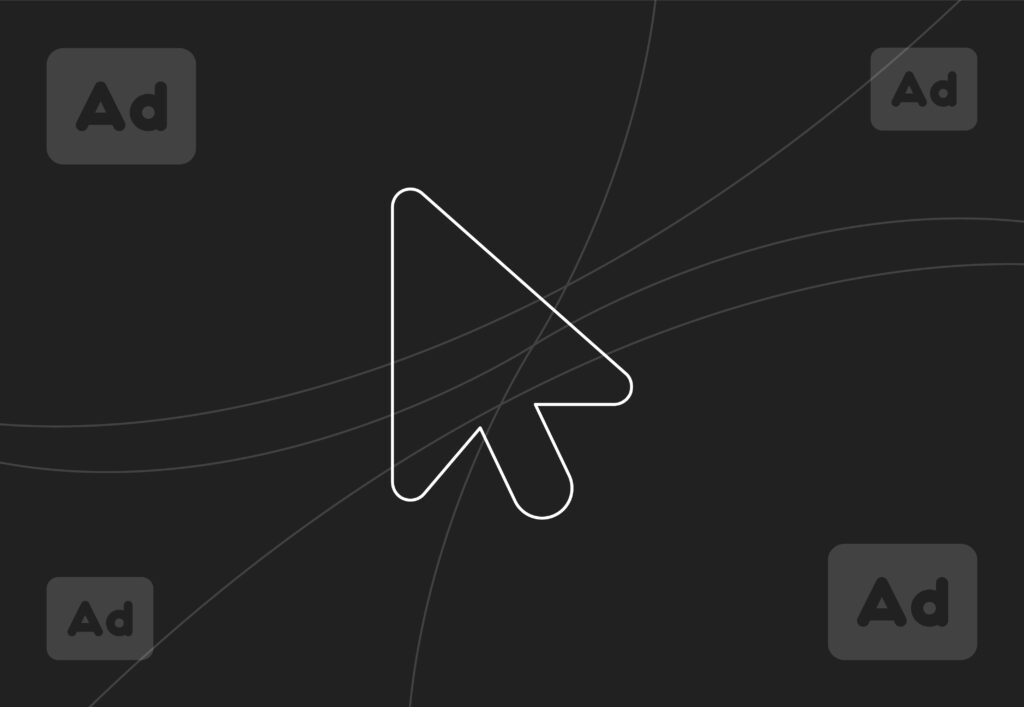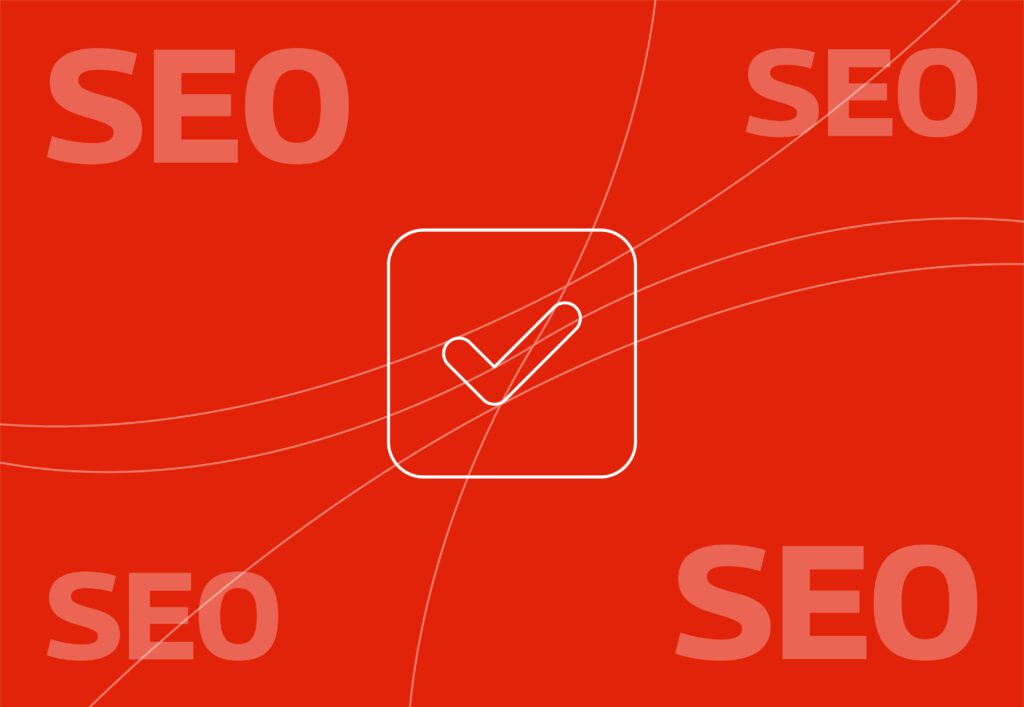
Create the highest converting Google Ad copy for HR tech

Why great ad copy matters more than you think
If you work in HR tech, the chances are you’ve either run a Google Ads campaign or you’ve been told that you should. And you’ll hear a lot of talk about keywords and bidding strategies, but the bit that gets overlooked most often is the words in your ad itself – the headline, the description, and the call to action.
At Embryo, we’ve helped tech brands across multiple industries get incredible results from their Ads. Not just more traffic, but the things that really matter – conversions: demo bookings, trials, sign-ups, and sales.
And from this we’ve learnt that:
The right message can make the difference between a scroll and a click. And between a click and a customer.
To put this into context, we’ve dug in and broken down the fundamentals of what creates great-performing ad copy for the HR tech space – what works, why it works, and how you can apply it to your campaigns (even if you’re not a PPC expert).
The power of Google Ads for HR tech

If someone types “best onboarding software for remote teams” into Google, chances are they’re looking for a solution right now. That’s the power of Google Ads, it lets you show up in that exact moment that matters.
But here’s the thing… lots of other companies are trying to do the same.
With dozens of platforms competing for attention across hiring, onboarding, compliance, and employee engagement, simply appearing on the search results page isn’t enough; you need to stand out, and that begins with your ad copy.
Good ad copy speaks directly to your customer’s needs. It develops a relationship of trust and makes the next step feel much easier. And in Google Ads, where you’ve only got a few lines to deliver your messaging, every word has a job to do.
What great Google Ad copy looks like (in plain English)
After running hundreds of tech campaigns, we’ve learned that great Google Ads aren’t just written well, they’re written for the person searching. Forget fancy language or clever wordplay. What you need is to make the ad feel like a natural next step for someone with a real problem to solve.
To put this into more context, we’ve broken down the common features we’ve noticed in high-converting ads:
1. They solve a real problem
Think about why someone is searching for HR software in the first place. It’s not for fun, they’re under pressure. They might be:
- Struggling with slow onboarding
- Wasting hours manually reviewing CVs
- Worrying about staying compliant with employment laws
- Trying to scale hiring quickly with limited resources
Your ad should speak directly to that pain point, and in their language.
Here’s a weak example: “Smart HR software for modern teams”
This sounds too generic. What does “smart” even mean? What kind of team? What problem is being solved?
Here’s a better version: “Cut onboarding time by 70% with automated HR tools”
This example is clear (onboarding is the focus), it’s benefit-led (save time), and it uses a specific number (70%) which adds credibility.
Tip: In your next campaign, try and be more specific about the result you help people achieve; it will help get your ad more attention.
2. They use simple, clear language
Buzzwords might sound cool or look impressive when in a pitch deck, but in Google Ads, when you need to provide clarity instantly, they simply confuse people. And guess what, confused people don’t click.
Think about your audience right now. Are they PPC experts? No. They may not even be tech-savvy. So, before you bedazzle them with fancy words, stop and think how you can appear as a helpful colleague, rather than a sales robot.
Weak example: “Revolutionising people ops with end-to-end automation”
This doesn’t really say anything, does it?. It might actually even raise more questions: What’s “people ops”?, What exactly is being automated?, and What do I get out of this?
A stronger version: “Stop wasting hours on admin-automate your hiring in one click”
Again, this one is clear and relatable. The problem is addressed (hours of admin), the solution is provided (automated hiring), and the ease of use provides an added benefit (one click).
Tip: Write your ad like you’re explaining your product to a friend who isn’t in your industry. Would they understand what you’re trying to say in five seconds?
3. They make the next step obvious
Once you’ve caught your audience’s attention, please don’t leave them guessing. This is where your Call to Action (CTA) is super important. Make sure it tells them:
- What to do
- What they’ll get
- How easy it is
Think of it as a helpful nudge. You’ve shown them the benefit, now give them a reason to act now.
Strong CTA’s in SaaS look like:
- “Book a Free Demo”
- “Start Your 14-Day Free Trial”
- “Compare Plans in 60 Seconds”
- “See How It Works”
All of these are simple, yes, but more importantly, they’re action-oriented and low-pressure. They promise something of value to the audience, but require minimal commitment from them.
Some not-so-great CTAs:
- “Learn More”
- “Explore Our Solutions”
Can you feel that energy already slipping away? These sound vague. What does “learn more” mean? Is it a whitepaper? A product tour? A webinar? What you’ve just done is create friction, not momentum.
Tip: Put this thought into practice – If your CTA could apply to any business in any industry, then it’s probably too generic.
Real examples of Ad copy that worked
Below we’ve pulled two further examples (anonymised for privacy) of ad copy our PPC team has created for our clients in the tech space that not only looked good, but also performed.
Example A: Financial compliance software for regulatory reporting
- Headline: “Tagging for HMRC. Over 1m Tags Applied Annually.”
- Description: “Stress-free reporting with expert UK-based support. Quick turnaround guaranteed.”
- CTA: “Get in touch to simplify your financial reporting.”
Performance:
This ad achieved a Click-Through Rate of 18.6%, which is significantly above the B2B industry average. It also generated a steady high-quality leads for our client via a tailored landing page.
Why it worked:
- Trust-building proof: “Over 1 million tags applied annually”. This immediately communicated credibility and scale
- Emotional connection: Terms like “stress-free” and “expert support” reduced the perceived hassle of regulatory tasks
- Relevance: The Ad targeted a very specific compliance challenge faced by finance professionals in the UK
- A frictionless CTA: Rather than pushing a hard sell, it positions the next step as helpful and easy: “Get in touch”. Low-pressure, while still inviting action
When your ad tackles a real headache in clear language and offers a reliable, proven solution, users will take notice.
Example B: Identity verification platform for anti-money laundering (AML) and know your customer (KYC) compliance
- Headline: “Smart AML Checks Made Easy”
- Description: “One platform for AML & KYC compliance. Award-winning support. Book your free demo online today.”
- CTA: “Get a Free Demo Today”
Performance:
This Ad performed exceptionally well, achieving a 26.32% Click-Through Rate (CTR), within a competitive B2B space. Alongside this, the Ad delivered a 12.2% conversion rate, driven by a simple landing page and low-friction CTA. A final sign of the ad’s strength in relevance and engagement was the low average cost-per-click achieved of just £4.55.
Why it worked:
- Clear, benefit-led messaging: “Made easy” speaks directly to the stress and complexity buyers are trying to avoid
- Personalised for a busy audience: Compliance professionals want quick, reliable tools. The ad promises just that.
- Credibility: Phrases like “award-winning” and “one platform” inspire confidence
- Strong CTA: “Get a Free Demo Today” is clear, actionable, and commitment-free, helping drive clicks
Once again, the combination of plain language, trust signals, and a low-barrier next step can dramatically lift both CTR and conversion rates, even in a high-stakes sector like financial compliance.
What we’ve learned
After writing, testing, and tweaking thousands of Google Ads for all sorts of clients, in this instance for those within the tech space, we’ve started to notice a few things that just keep working.
So if you’re wondering where to start, here’s our best advice:
Do more of this:
- Start with the pain point.
What’s really bothering your audience? Is it slow onboarding? Endless admin? Compliance worries? Lead with that. The more real it feels, the more likely they’ll click. - Use numbers.
People love specifics. Things like “80% faster” or “Rated 4.9 on G2” instantly build credibility and help your ad stand out from the generic fluff. - Be clear, not clever.
This isn’t the place for puns or poetic headlines. If someone has to stop and think, they’ll probably just scroll past. - Make the next step obvious.
“Book your free demo.” “Start your 14-day trial.” “See it in action.” Whatever you want them to do, make it clear, and make it feel easy.
And try to avoid these:
- Buzzwords and jargon.
“Next-gen”, “cutting-edge”, “synergistic AI onboarding”… oh boy. Stick to plain English. Your reader will thank you. - Vague CTAs.
“Learn more” or “Explore solutions” doesn’t give people a reason to click. Tell them exactly what they’re going to get. - Talking about yourself too much.
Your ad isn’t about your features, it’s about your customer’s problems. Make it about them.
The best-performing ads don’t try to be flashy, they just get to the point. Speak like a helpful human, focus on what matters, and give people a reason to stick around.
Simple as that.
How to improve your Google Ads copy (even if you’re not a copywriter)

If we’re being completely honest, writing ad copy isn’t what most people look forward to, and even less so if you’ve never run Google Ads before. It can feel a bit overwhelming. But here’s the good news – you don’t need to be a PPC expert or a polished copywriter to write ads that perform.
With a simple structure, a little insight into your customers, and a willingness to test what works, you’re already halfway there.
Start with a simple formula
If even getting started puts you in a spin, try using this basic sentence structure. It works because it focuses on the reader and what they care about.
“Get [benefit] without [pain point]. [Clear call to action].”
For example:
“Get faster hiring without endless admin. Book your free demo now.”
This kind of copy works because it’s:
- Clear about the result
- Acknowledges the problem
- Offers an easy next step
And don’t just stop at one version. Try creating a few variations that reflect different angles of your service. For instance, you might highlight speed in one version, and compliance in another. You might try a practical tone in one ad, and something a little more emotional in another. The idea isn’t to find the perfect copy right away, it’s to learn what resonates with your audience over time, and then you can double down on it.
Don’t be afraid to test
Even small changes in your ad copy can make a big difference. Changing a single word in your headline, tweaking your CTA, or swapping out a benefit can shift performance significantly.
Think about the different ways your product helps people. Is it saving time? Reducing stress? Cutting costs? Helping them grow? Test these different angles in your copy.
The same goes for your call to action. One version might say “Book a demo” and another might say “Start your free trial.” One might sound more urgent, while another feels low-pressure. Let your data guide you, run A/B tests, and see what gets the best response. Google Ads makes this easy with built-in tools to test variations.
Use your customer’s own words
This might be the most underused trick in the book. The best ad copy often doesn’t come from brainstorming, it comes from your customers.
Check your support emails, sales calls, live chat transcripts, and online reviews. These are goldmines for real-world language. If a customer says something like, “I finally stopped chasing candidates,” that’s exactly the kind of phrase that should go into your ad. Why? Because it’s relatable, it’s specific, and it probably sounds a lot like what your next customer is thinking.
When you write ads that use the same words your customers already use, you create instant familiarity. It shows them you understand what they need, and that’s powerful.
Final thoughts
The best Google Ads aren’t built on complexity. They’re built on clarity. They speak directly to someone’s pain, offer a simple solution, and invite them to take a logical next step.
And if you think the only way to scale your ads is to increase your spend, think again. We’ve seen firsthand how you can dramatically improve ROAS just by optimising the copy you already have.
In SaaS especially, while headlines drive impressions, it’s often the descriptions that do the heavy lifting. With more space to speak to longer-tail queries and clarify product value, they play a crucial role in converting interest into action, particularly in high-consideration categories like HR tech.
If you’re in the HR tech space and you’re struggling to get results from paid search, the fastest way to improve isn’t always increasing budget, it’s refining your message.
You don’t need to be a PPC expert. You just need to say the right things to the right people at the right time.
And if you’d like a second opinion or some expert support, we’re here when you need us.



